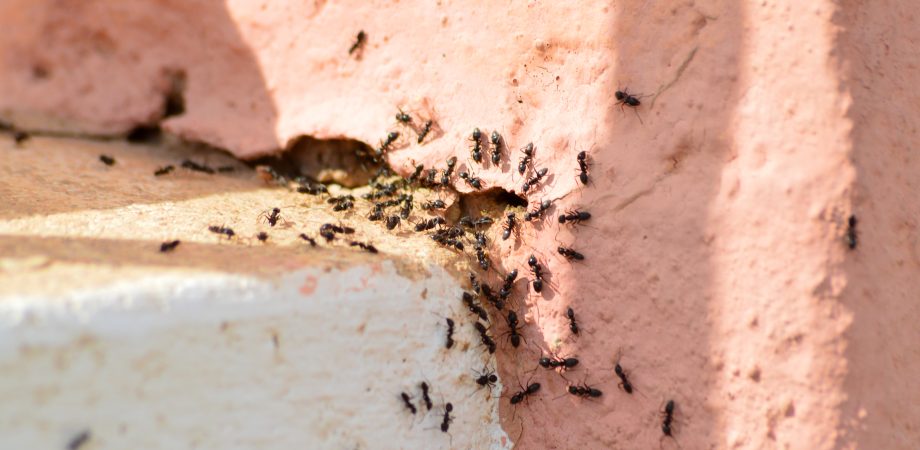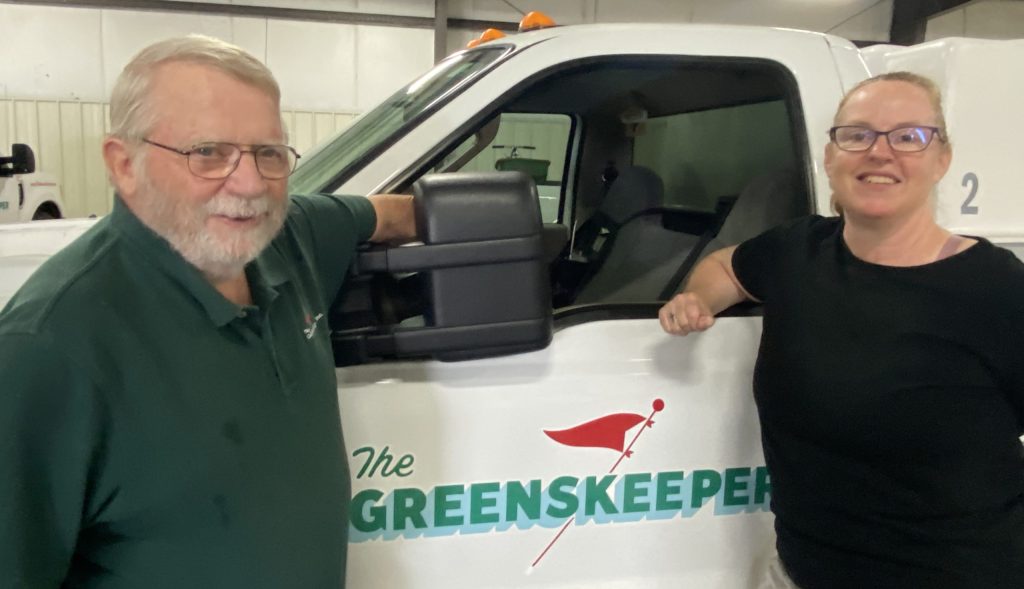Perimeter Pest Control: The Add-On Service Staple

Perimeter pest control was not always as attractive as an add-on service for lawn care operators as it is now. A few years back, structural pest control companies mainly offered the service.
Bob Andrews, Co-Owner of The Greenskeeper, Executive Director of the Indiana Professional Lawn and Landscape Association, and 40+ year green industry veteran, recalls the change.
“For many years, perimeter pest control was considered part of structural pest control,” Andrews said. “But when grub control and other surface insect controls became part of lawn care, it made sense for lawn care operators to add it as an option. The application was outdoors, most lawn care companies had the equipment needed, and the customer was already available to lawn care operators.”
Andrews’s company, The Greenskeeper, which he co-owns with Jennifer Andrews and Katie Potts, is primarily a residential and commercial lawn care business; however, they offer perimeter pest control as an add-on service.
“We serve around 200 perimeter customers that get four applications a year, seven to eight weeks apart,” Katie Potts said. “And they are overwhelmingly older, residential properties.”
Andrews says older, well-developed neighborhoods are typical perimeter pest control customers because homes in these neighborhoods are usually heavily landscaped and have been around long enough to develop entry points for insects.
When it comes to making perimeter pest control applications in these older neighborhoods or at other types of properties, Potts says there is a correct way to apply.
“Find the contact points between the ground and the structure,” Potts said, “and then treat 2-3 feet up the side of a house and about a foot out depending on what’s there. Also, do not forget to spray where insects can gain access inside: windows, doorways, porches, patios, and places where utilities run into the house.”
Andrews emphasizes using a backpack sprayer when making applications.
“The backpack sprayer is probably the handiest from the applicator standpoint,” Andrews said. “When I started working in pest control, we used the hose from the spray truck. But that becomes problematic when you go up and around bushes and trees and dodge house obstacles.”
He continued, “Backpack sprayers allow the applicator to quickly step in, spray the area, and move on without getting tangled up in a hose.”
Both Andrews and Potts like perimeter pest control as an add-on service because, for the most part, perimeter customers rarely produce callbacks. This is particularly true as long as two guides are followed.
The first guideline involves maintaining quality programs, top products, and excellent customer service, even when it would be easier not to. Andrews is convinced that doing otherwise is a losing idea.
“A critical way to stop or minimize callbacks is using quality products and having quality customer service,” Andrews said. “It’s very tempting in today’s economic environment to drop off the quality of your programs, but it’s not worth it in the end.”
The other guideline is offering customer education. Potts believes teaching customers about the services they receive is a significant factor in lessening the number of callbacks.
“Most perimeter control callbacks involve customers new to perimeter control, who suddenly see more insect activity,” Potts said. “Once we tell them the activity is normal and the longer they are in the program, the better the control, callbacks are virtually zero.”
Andrews added, “Educating the perimeter control customer is very important when it comes to callbacks. Explaining why insects are in the house, like cracks in the siding, will help customers take action and stop encouraging insects to enter the home. Reducing the insect numbers that can enter the home lowers the chances of a callback.”
Education came up again when Andrews and Potts were asked what someone new to perimeter pest control should know about it.
“I’ve watched equipment and how we apply perimeter pest control change and evolve over many years,” Andrews said. “New entrants must stay up to date by educating themselves or quickly fall behind.”
He continued, “Many states also require licenses with continuing education. In Indiana, you must have a license and participate in 18-20 continuing education hours. You can’t just pass the test and be forever good.”
Potts added, “What separates us from our competition is our emphasis on employee education. Our technicians are trusted because we ensure they know the nuisances of keeping the creepy crawlies out of your house.”
Perimeter pest control may not have always been under the lawn care umbrella of services, but Andrews and Potts agree that it is a staple add-on now. Maybe it can be a staple for your company, too.
About The Greenskeeper
The Greenskeeper is a lawn care company located in Central Indiana that has been operating for over 40 years. In the words of Co-owner Bob Andrews, they “offer any service a homeowner would need, except mowing and snow removal.”








